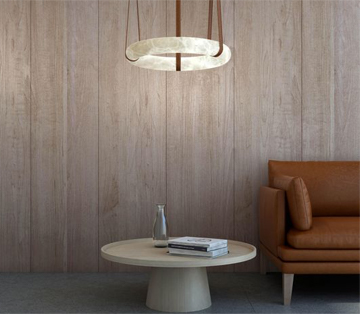Does the filing of an industrial model outside the European Union (EU) confer a priority right to file such a model in the EU?
The answer would seem obvious.
However, art. 41 of Regulation 6/2002 of 12 December 2001 on designs and models now in the EU does not! This art. 41 only refers to the design, the model and … oh surprise … the “utility model”, but not to the industrial model to give rise to such a priority right.
Isn’t this a clerical error that should be corrected? And as soon as possible?
Everyone knows the essential difference between these two model regimes:
– the industrial model, which, like the “patent design”, tends to protect the visual aspect (or the ornamental forms) of its object,
– on the contrary, the utility model which, like the “Gebrauchsmuster”, tends to protect its technical functions (or its useful functional forms), regardless of its ornamental aspect.
This Council Regulation of 12 December 2001 on Community designs seems to recognize this:
– since it associates the industrial model with the Hague and Locarno Arrangements, in its title and in art. 25, 37, 40 and 106,
– while it brings the utility model closer to patents for invention in its recital (31) and art. 96.
The same is true of Directive 98/71 of 13 October 1998 in its recital (7) and art. 16, without mentioning an “industrial model”, nor the foreign title which would give a priority right to filing in the EU.
This is also what we are reminded of in our Paris Convention of 1883, its articles 1 2) and 4), 4 A.- 1), 4 C 1), 4 I, 4bis 1), 4ter, 5 D, 5bis 2), 5quater, 5quinquies, 11 1), 12 1) and 2):
- patent, inventor’s certificate or utility model on the one hand,
- and design or industrial model on the other.
Why, then, does the Council Regulation of 12 December 2001 on Community designs suddenly mention utility models in its art. 41 to create this priority right, while omitting industrial designs?
It is true that the Paris Convention allows, in its art. 4 E 1) and 2), the filing of a utility model to grant a priority right for filing an industrial model outside its borders. In this case, the time limit is six months and not twelve as in the case of patents.
However, the famous Professor Bodenhausen immediately points out in his book (pp. 51-52) published in 1969 by the then BIRPI, that it is rare for national (or regional) legislation to authorize an “overlap”, i.e., a single common protection for the same industrial item in its ornamental aspects and in its technical novelty.
This is not the regime we have in Europe.
The future will tell us whether these gymnastic or sports equipment are validly protected by the designs registered by the EUIPO, which taking into account the wording of this Article 41 of the RDMC, admitted in its decisions of October 31, 2018 and June 13, 2019 that could arise from a PCT application (which effectively includes utility models), a priority to file a model in the EU.
Since this solution was not criticized either by the applicant or by the EUIPO before it, the Tribunal of the EU [TUE] had to admit it in its decision of April 14, 2021 [T-579/19], but extended its duration from six to twelve months. This decision is now under appeal (declared admissible).
And if some were to think that a PCT application could give rise to a priority right to file also a trademark application, on the pretext that its sign has been described therein to designate its goods or services … would it be the “same subject matter”, as required by our secular convention, in particular in its art. 4 C 4)?
Is this not what the Council Regulation of 12 December 2001 on Community designs wanted to take up in its art. 41 1. according to its expression “for the same design or model or for the same utility model”?
Is this one of the reasons why the EUIPO has announced the potential introduction of a utility model in the EU?
To be continued …
Thierry Mollet-Viéville, avocat à la Cour – DTMV, former president of AIPPI





